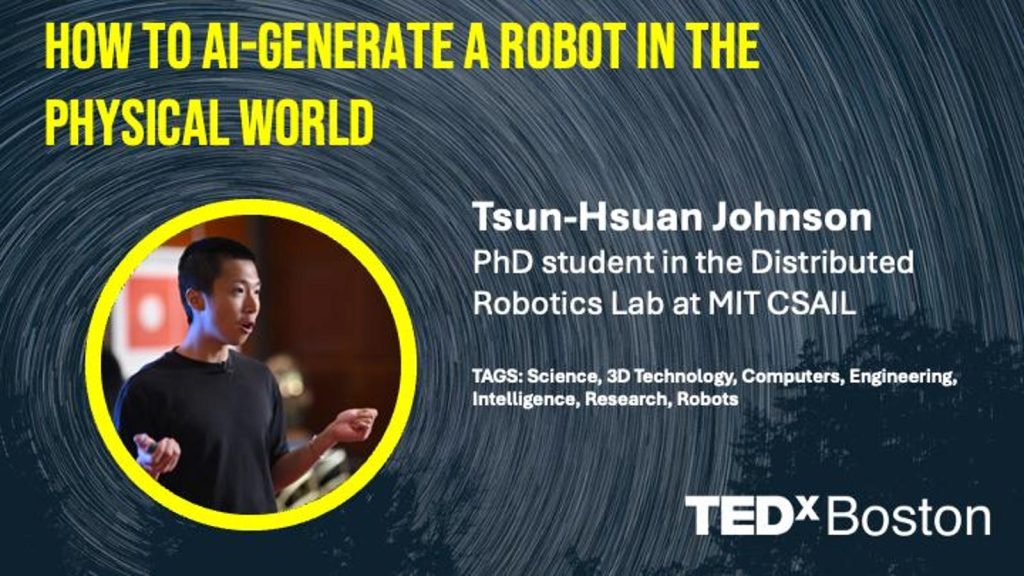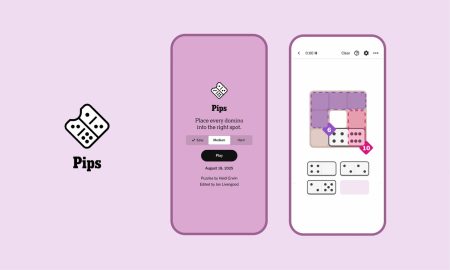We’re used to thinking about robots has metal boxes with rigid steel arms and legs – the kind of things you would see in a 1980s movie – not in the average home or business space.
But that’s quickly changing.
We’re starting to embrace the idea of ‘soft robotics,’ where robots have softer contours, more intuitive shells and more aesthetic familiarity for humans, and that might in turn make them more likely to appear in a natural environment near you.
Here’s a paper on soft robotics that notes how the industry has changed since the 1950s; authors write:
“Scientists have shifted their focus on soft robotics to apply this type of robots more effectively in unstructured environments. For decades, they have been committed to exploring sub-fields of soft robotics (e.g., cutting-edge techniques in design and fabrication, accurate modeling, as well as advanced control algorithms). … The presented paper aims to brief the progress of soft robotic research for readers interested in this field, and clarify how an appropriate control algorithm can be produced for soft robots…”
This paper also introduces an interesting word: ‘morphology.’
What is morphology?
Technically, the definition is the study of the forms of things, or the branch of biology that deals with the forms of living organisms.
That’s instructive to what scientist are doing right now to model robots differently.
In fact, if you think about where morphology makes sense – in the biological world – you might already be one step ahead in a imagining that scientists are using organisms as inspiration for robot design.
In a presentation by Tsun-Hsuan Wang, you can see a lot of this research at work.
Quotes from Tsun-Hsuan Wang:
“Imagine an almighty robot that can achieve any kind of test you can imagine in the physical world: it can walk, it can swim, it can fly, … what will it look like, and how do we … achieve better?
“If we look at the natural world’s creatures, not only (the) intelligence in their brain, but also in their bodies, there’s a lot of research focused on how to draw inspiration from these natural creatures, and design robots that can do a lot of amazing jobs, like swimming in the water, or navigating in the sand, or using its information to manipulate objects in silicon – through computational methods, our work also found an interesting relation between environment, morphologies and motions.”
“What we are doing at MIT is basically trying to find a solution that can incorporate physics and functional specifications into the generative process.”
You can also see how AI is going to work in terms of robotics and job displacement. We know that we need a certain amount of labor to harvest all of the produce consumed in America each year. But what if robots could pick the fruit?
When you see some of what’s being designed, you see that becoming more and more likely as time goes on – partly through the evolution of convolutional neural networks and computer vision, and partially because of better robotic operations.
Another thing you see from this research and other efforts is that increasingly, AI is driving robot design.
That means robots are starting to design other robots.
This might lead to a particular nightmare scenario where robots are manufacturing other robots that might threaten human existence.
That’s a far step, though. Right now, we’re seeing a lot of positive applications in the world of robotics for assistive technology that helps us get what we need to do, done.
Check out some of these projects and other notable accomplishments from MIT teams.
Read the full article here









